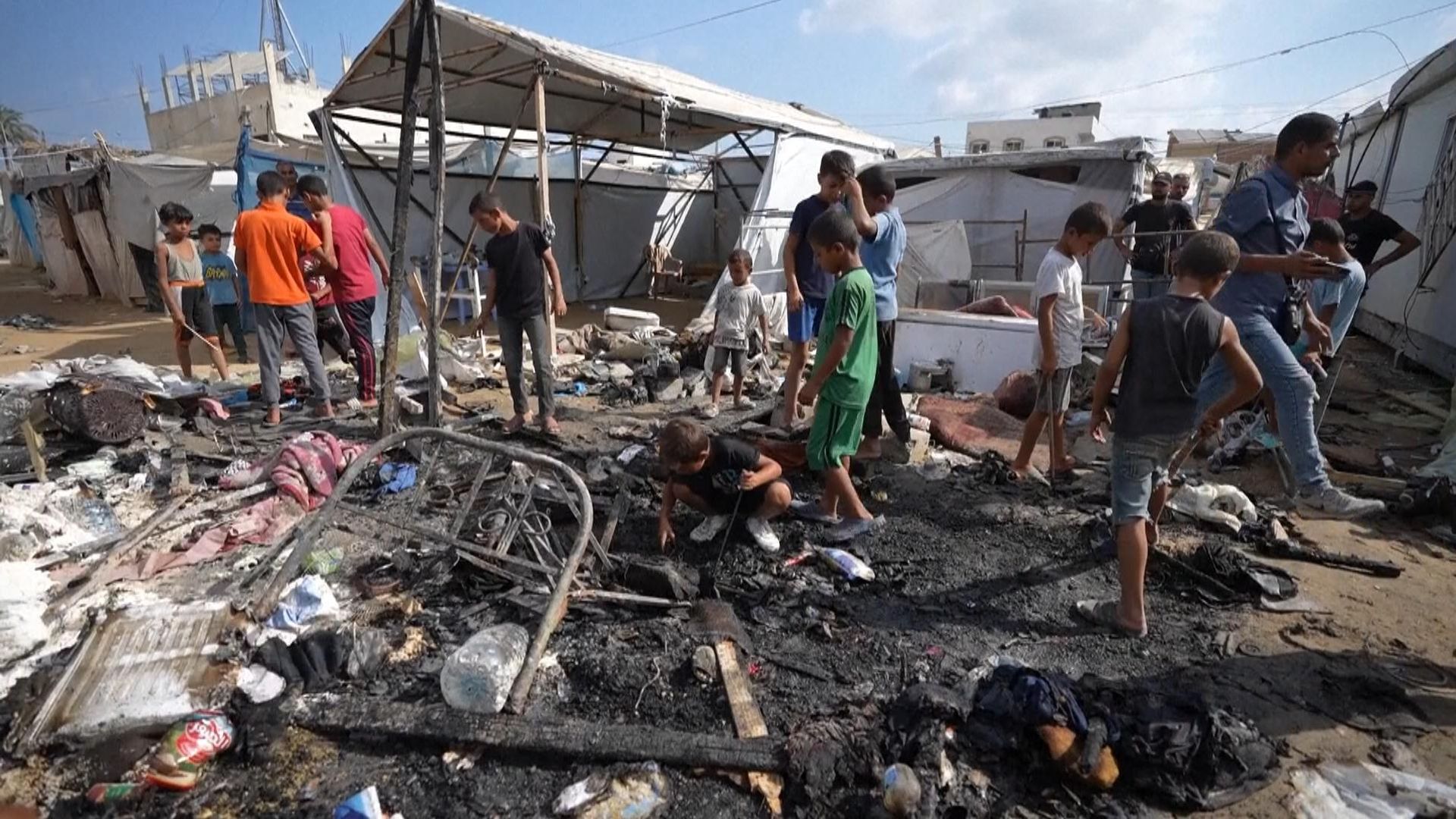Major storm repairs and conservation work is under way on a near 200-year-old church that previously survived a German U-boat attack during the First World War.
National Trust for Scotland (NTS) is aiming to restore the impacts of weather and time on the historic St Kilda Kirk and adjacent school building by making them wind and watertight.
The first phase of the project – costing £200,000 – will see extensive restoration work to the roof of the church, as well as the replacement of guttering.
St Kilda – 40 miles west of the Western Isles of Scotland – is the UK’s only dual World Heritage Site.
It was recognised in 1986 by UNESCO for its immediate natural heritage and this was extended in 2005 to recognise its importance as a cultural landscape. A further extension had occurred a year earlier for its surrounding marine environment.
It is home to thousands of seabirds, including one of the world’s largest colonies of northern gannets.
NTS, which manages the site, said the remote archipelago in the North Atlantic is hit by gale-force winds around 75 days a year with some gusts reaching 144mph.
Horror fall on rock-climbing trip with son leaves man with ‘number of injuries’
Glasgow city centre street shut by police after woman hit by car
10 sets of twins set to start primary school in Inverclyde
Susan Bain, NTS property manager for St Kilda, described the project as a “gruelling logistical marathon” and said transporting the materials had taken “months in planning”.
She added: “Working in the middle of a dual World Heritage Site has its challenges and noise must be kept to a minimum to avoid disturbing wildlife or visitors.”
Keep up with all the latest news from the UK and around the world by following Sky News
The kirk was constructed on the main island of Hirta in 1827-28. It was damaged in 1918 during an attack by a German submarine.
St Kilda has not had a permanent population since 1930.
The church fell into disrepair but was restored by NTS in the 1970s and re-dedicated at an interdenominational service in 1980.
The Ministry of Defence built a military base on Hirta in the 1950s.
Today, the only year-round residents are personnel stationed at the military base. They share St Kilda with a variety of conservation workers, volunteers and scientists who spend time on the islands monitoring the wildlife and undertaking conservation work on the many ruined buildings left behind by the original St Kildans.
A recent report identified that rising land and sea temperatures, more frequent and severe storms, and changes to the ocean currents pose the greatest risks to St Kilda’s natural heritage.
Read more from Sky News:
Fire-hit historic manor once owned by occultist and rock star receives funding boost
New warning about ‘demise’ of one of Earth’s great natural wonders
Be the first to get Breaking News
Install the Sky News app for free
The first phase of the restoration project was funded by Historic Environment Scotland (HES) with additional support from the St Kilda Club, the NTS Foundation USA, the Noble Caledonia Charitable Trust, and McCorquodale Charitable Trust.
Clea Warner, Highlands and Islands regional director at NTS, said: “The kirk and school are a key focal point on St Kilda, offering a very evocative window into its social and cultural history in the 1800s and early 1900s.
“They’re an integral part of the archaeology of St Kilda and remain an important place of reflection for the islands’ visitors and people who work on St Kilda, surviving not just time and climate but other challenges such as a U-boat shelling in May 1918.”
Ms Warner said once the church is watertight, the second phase will focus on the interior of the building and the restoration of the timber and plasterwork.
She added: “The support of funders, philanthropists and others will once again be vital in making this possible.”











